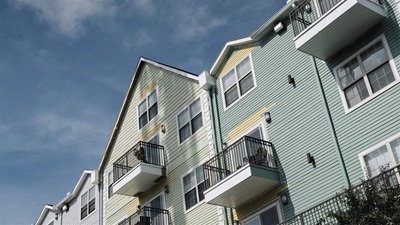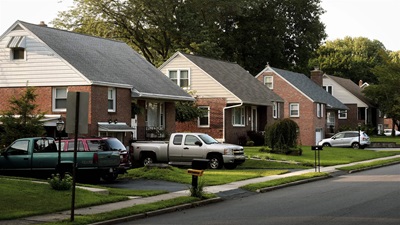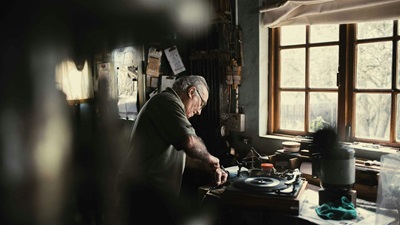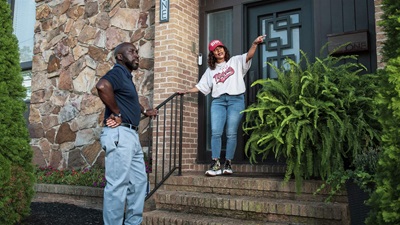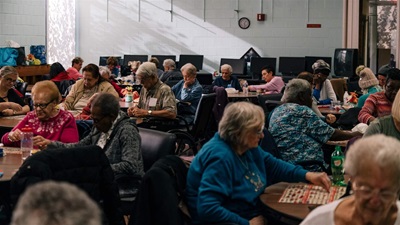One Solution to New Mexico’s Housing Shortage Is Hiding in Plain Sight

Like most of New Mexico, Albuquerque is facing a housing shortage that has pushed rents to all-time highs. The city’s rents have risen 65% since the start of 2017, while Santa Fe County’s rents have spiked 73%—double the increase nationwide. Meanwhile, Albuquerque’s office vacancy rate is 24%, above the national average of 20%. A new approach can help address both challenges: converting vacant office buildings into dorm-style micro-apartments. In cities that allow shared living arrangements—both in the U.S. and abroad—it has proved popular.
Office-to-residential conversions aren’t new but are often costly. That’s because modern office buildings concentrate plumbing, heat, and air conditioning in their centers, ringed by offices with external windows. To turn those offices into apartments requires new plumbing, along with individual kitchens and bathrooms—changes that are often cost-prohibitive without significant public or private subsidies.
But converting those buildings to small apartments, with shared bathrooms, kitchens, and community spaces in the center, would significantly reduce New Mexico’s housing shortage. Each micro-apartment would have its own big window, bed, workspace, closet, microwave, and refrigerator, similar to what is found in a private dorm room. And each would rent for far less than the average monthly rent in New Mexico: just $700-$800 a month. These rents would still provide enough building income for 24-hour security and cleaning services for the common areas.
New research from The Pew Charitable Trusts and the architectural firm Gensler shows that a dorm-style approach can produce housing within city limits for far less than what existing models cost. In Albuquerque, the micro-units would be developed in a converted office building. And in Santa Fe, which doesn’t have tall office buildings, the research envisions building dorm-style apartments from the ground up near stores.
This kind of shared living isn’t for everyone. Families need more space, and many individuals will still prefer bigger homes. But nearly half of renter households in Santa Fe and Albuquerque have just one person. For students, entry-level workers, hotel and restaurant employees, health care workers, or seniors looking to downsize, micro-apartments offer an affordable, community-oriented option. Workers could live near transit and job centers and could walk, bike, or take a bus to work.
Adding dorm-style housing can help ease another problem: homelessness stemming from high housing costs. In New Mexico, homelessness rose 87% from 2017 to 2024—more than twice the national average. Converting office buildings into micro-apartments or building them from scratch is significantly cheaper and faster than building traditional studio apartments, and these homes can be built on smaller lots, reducing land costs.
Cities that are already subsidizing construction of income-restricted affordable housing can make those scarce dollars go further. In Albuquerque, a $10 million subsidy would produce about 154 co-living apartments, compared with just 43 studio apartments. The Santa Fe model would require an upfront subsidy of about $100,000 per co-living apartment, about half of the $200,000 needed to build a similarly affordable studio apartment.
Outdated zoning codes and permitting processes often make adding housing like this difficult or impossible. But cities that have updated their rules to make it easier to build any new housing—such as Minneapolis; Raleigh, North Carolina; and Houston and Austin in Texas—have improved affordability while reducing homelessness. States across the political spectrum—including Arizona, Colorado, Montana, Washington, and Texas—have passed legislation to pave the way for more housing. New Mexico hasn’t done so yet. But this new micro-unit model offers the state another potential winning formula for more housing, built quickly, at less cost.
Allan Oliver is president of The Thornburg Foundation in Santa Fe. Alex Horowitz directs The Pew Charitable Trusts’ housing policy initiative.
This piece originally ran in the Albuquerque Journal on August 23, 2025.

